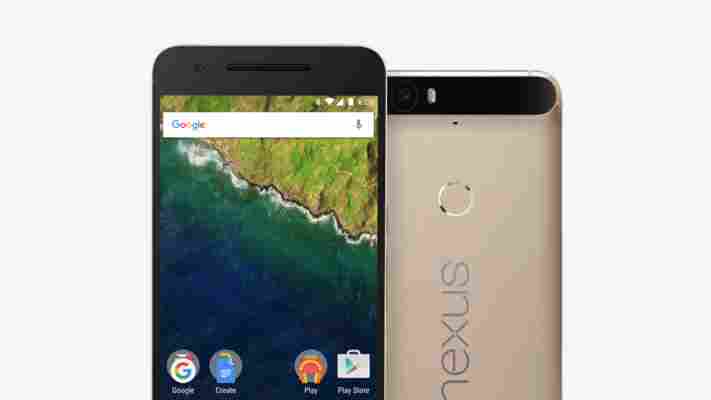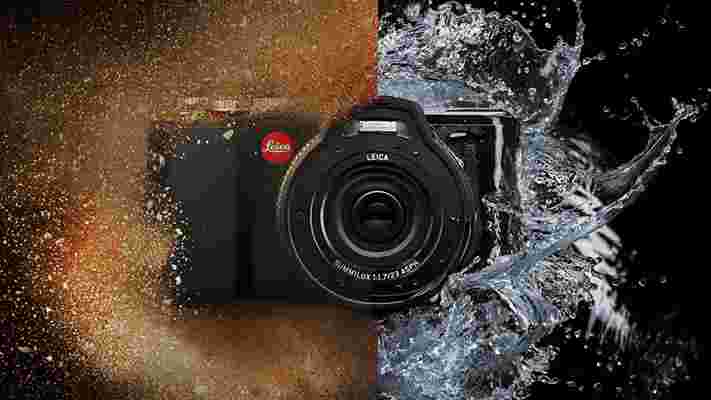Oppo’s F1 Plus Android smartphone cares more about selfies than sunsets
Chinese handset maker Oppo is throwing its proverbial hat into the ring once again with a new flagship smartphone aimed at wooing buyers away from better-known household brands.

The handset keeps a similar appearance as Oppo’s R7s , but with an important addition – a fingerprint sensor where the ‘Oppo’ logo sits at the bottom of previous models.
Other key hardware specs include a 16-megapixel front-facing (“Hi-Light”) snapper with an f2.0 aperture and a rear-mounted 13-megapixel ‘main’ camera for any of your non-selfie needs.
The company says its reworked the way in which its image processing algorithm works too – through more than 150 iterations – to maximize image quality on each of your selfies. In essence, it’s promising to make you more beautiful, at least in photos.
Powering it all is an Octa-core processor (a pairing of a quad-core 2.0GHz + a 1.2GHz quad-core chip), 4GB of RAM and 64GB of onboard storage.
Of course, it takes more than specs on paper to go up against range-leading handsets from the likes of Samsung, Apple, Motorola, HTC, LG and others. And the company doesn’t exactly have an easy run at the mid-market either – with Huawei, OnePlus, Honor, ZTE (and some of those big-name manufacturers) all vying for attention.
The F1 Plus is the first Oppo to ship with the company’ newest version of its Android-based Color OS, which has a tweaked look and faster response, Oppo says. In initial hands-on testing, there was no lag when switching between apps, even with several apps open at once.
A little like Samsung’s fast-charging system, the Oppo F1 Plus optimizes the software performance to eke the longest possible life out of the battery. The end result, the company says, is a battery pack that’s 220mAh smaller than the Oppo R7s, but that will last for an hour longer. Obviously, we’ll have to wait for a full review to see if it lives up to those promises.
Oppo’s VOOC fast-charge is here too, allowing for 75 percent of the battery to be rejuiced in less than 30 minutes – though the SuperVOOC system that can charge in 15 minutes isn’t quite ready for yet.
The F1 Plus isn’t headed to the US, but will be going on sale in the UK and Europe from next month, priced at €389/£299.
It’s an interesting price point – not so cheap to be a no-brainer, and not so expensive to put off prospective purchasers willing to plump for a brand they might not have heard from very much.
First impressions are good. The fingerprint sensor claims to be the fastest on any phone – and it’s definitely the fastest I’ve ever used (including the S7 Edge, which is no slouch), while the camera arrangement puts more emphasis on giving you high quality images of people, rather than sunsets or food as is traditionally the case with the main rear-mounted sensor.
Yes, it’s hard to ignore that it looks a fair bit like an iPhone – but that’s no bad thing; iPhones are popular for a reason, and design is part of that.
Keep an eye out for the full review to see how it fares in the longer term.
Google finally released a gold Nexus 6P
If you were hanging out for a new phone and were close to ordering a Nexus 6P, which we rated highly , here’s another reason: it’s now available in gold.

It’s a little strange the gold choice wasn’t available at launch, which probably disappointing if you already ordered one, but the option only appeared in Google Store for the first time today.
The gold option will set you back the same $499 as the other colors and you can order it right now on the Google Store , or from Best Buy.
I’m just hanging out for a Rose Gold version.
➤ Nexus 6P [Google Store]
Leica just released a $2,950 underwater camera
‘Leica’ and ‘Underwater’ aren’t two words you normally want to use in the same sentence, but it looks like the venerable camera maker is now setting its sights on the ruggedized camera market.

The $2,950 Leica X-U breaks from the company’s mold with a body designed specifically for photography in harsh conditions. It’s shock resistant, shatter-proof, dust-sealed, and waterproofed up to a depth of 15 meters – so you don’t have to worry about dropping it at the beach.
In terms of the actual images, you’re getting a 16.5 megapixel APS-C sensor illuminated by a 23mm f/1.7 lens (approximately equivalent to a 35mm lens on a full-frame camera).
That should be plenty wide enough for most scenarios, though its fixed wide angle means it likely won’t be the best for traditional portraiture. Though we assume you won’t be shooting portraits underwater anyway!
If you are, an underwater snapshot button is meant to make it easy to take photos submerged without having to fiddle through menus to adjust your settings. Minimum focusing distance is 20 cm and Leica promises good resistance to flare from incident angles.
That said, don’t expect much in the video realm. You can only choose between 1080p and 720p resolutions, and 30fps is your only frame rate option.
This is one of the more surprising releases by Leica. Granted, the company has recently which has recently focused on creating more practical, consumer-oriented cameras, but their high price point and sleek design meant you tended to baby them like fine china.
Meanwhile, the X-U’s rugged body means it’s not quite as as pretty as your typical Leica, but as long as the company’s traditional image quality is there, we doubt too many users will care.
➤ Leica X-U
